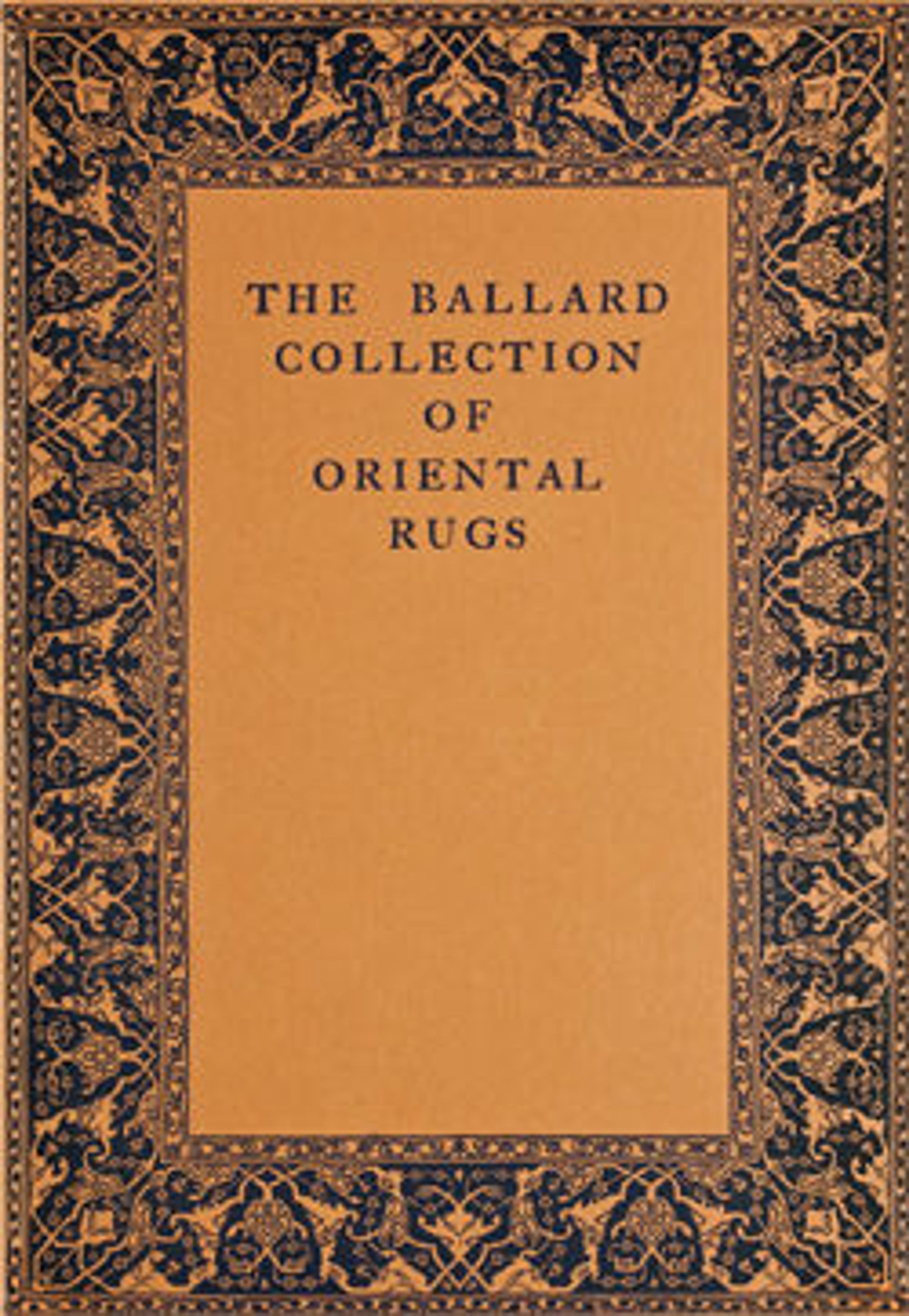Lotto Carpet
The palette and design of this carpet recalls the famous "Lotto" carpets, named after a well-known altarpiece by Italian Renaissance painter Lorenzo Lotto, that depicts a piece with a striking field pattern of geometrically stylized vegetal arabesques in yellow on a red ground. While the earliest examples of carpets using this design probably date from before 1500, the design remained popular for several centuries, and large numbers were exported to Europe they frequently appeared in paintings. The pattern of this carpet is designed around the motif of a stylized peony blossom repeated in a linear movement in both the field and the border. While the floral style of this Lotto carpet points to a seventeenth century dating, the fine lines dividing the center field in three parts and converging at one end to form a triangle, recall the niche design of Anatolian prayer rugs, in which the mihrab or prayer-niche remained a popular motif.
Artwork Details
- Title: Lotto Carpet
- Date: 17th century
- Geography: Attributed to Turkey
- Medium: Wool (warp, weft and pile); symmetrically knotted pile
- Dimensions: Textile: L. 62 in. (157.5 cm)
W. 43 3/4 in. (111.1 cm) - Classification: Textiles-Rugs
- Credit Line: The James F. Ballard Collection, Gift of James F. Ballard, 1922
- Object Number: 22.100.113
- Curatorial Department: Islamic Art
More Artwork
Research Resources
The Met provides unparalleled resources for research and welcomes an international community of students and scholars. The Met's Open Access API is where creators and researchers can connect to the The Met collection. Open Access data and public domain images are available for unrestricted commercial and noncommercial use without permission or fee.
To request images under copyright and other restrictions, please use this Image Request form.
Feedback
We continue to research and examine historical and cultural context for objects in The Met collection. If you have comments or questions about this object record, please complete and submit this form. The Museum looks forward to receiving your comments.
